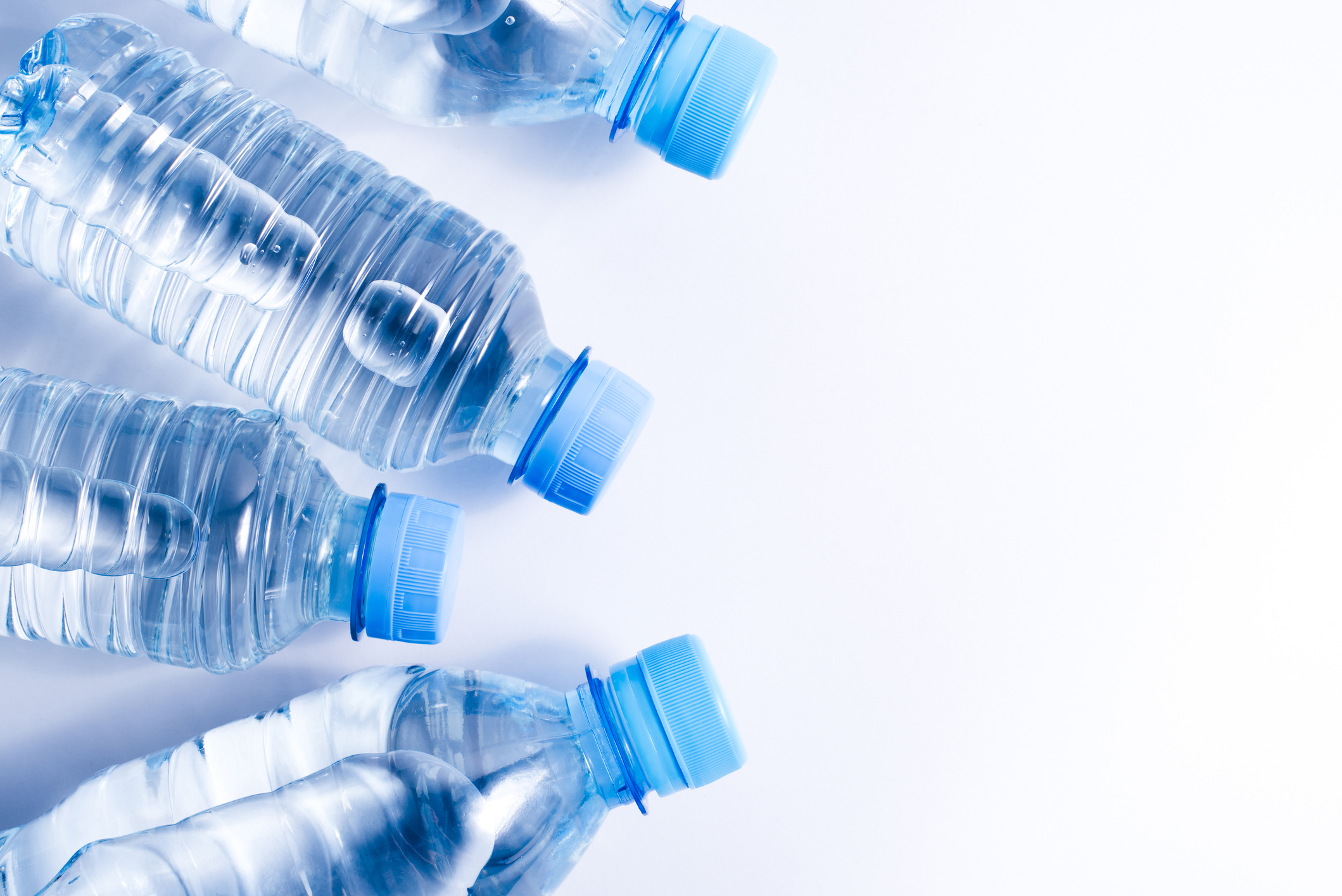Freshly Prepared Lab Water or Commercially Bottled Pure Water? Part 3
8 Feb. 2020

Why Prepare Purified Lab Water Yourself When you can Buy it in Bottles?
We know that when you are preparing your experiments and analyzing your results, time is of the essence. That is why there is often a mentality of “Why prepare purified water yourself when you can buy it in bottles?”. However, water cannot be treated in the same way as other laboratory and chemical reagents.
Have You Verified the Purity of the Bottle Water You're Using in the Lab?
In a regulated environment, it is the laboratory’s responsibility to verify fitness for purpose of any bottled ultrapure water in each of its applications, unless specifically certified for a particular purpose by the manufacturer of the packaged water. This applies if the water is a compendial grade or conforming to another grade specified by ASTM, ISO, CLSI, or similar organizations. This task could be time-consuming in view of the potential contaminants and their variability from even bottle to bottle of the same batch
Waters certified suitable for PCR are provided by a number of suppliers. They are available in volumes ranging from 25 x 1ml or 10 x 1.5ml up to 500 ml or more. The smaller volumes overcome the contamination risks associated with reuse of the container but at a high price. Specifications include the testing of one or more sample bottles or vials from each lot for nuclease activity. However, other factors can affect PCR.
Polymerase is sensitive to metals, particularly transition and divalent ions such as cadmium and zinc. Magnesium levels are critical and magnesium needs to be effectively absent in the water used. Negatively charged organics can also act as non-competitive inhibitors onto the polymerase. Low TOC levels (<5ppb) are needed. Information on the absence of these potential interferants is not routinely included in the QC data on many of these products.
Meeting the Purity Standards for Water in the Lab
CLSI specify that bottled water must include a value for resistivity, microbial count, TOC and information on particulate control as well as lot number and expiry date. This information is often not provided. They also emphasize the risks associated with degradation during transport and storage and the need to validate that, if the bottle is opened and reused over a period of time, the water remains fit for purpose throughout the entire period of use.
There is a specific issue with pharmacopoeia “Purified Water”. The packaged water purity requirements set out in the monographs are defined loosely using relatively insensitive inorganic and organic contaminant tests. These looser specifications allow the presence of considerable levels of organic and/or inorganic packaging leachables that could far exceed the minimal water purity required by most compendia for their pharmacopoeial testing.
Dr Paul Whitehead
After a BA in Chemistry at Oxford University, Paul focused his career on industrial applications of chemistry. He was awarded a PhD at Imperial College, London for developing a microwave-induced-plasma detector for gas chromatography. He spent the first half of his career managing the analytical support team at the Johnson Matthey Research/Technology Centre,specialising in the determination of precious metals and characterising applications such as car-exhaust catalysts and fuel cells. Subsequently, as Laboratory Manager in R&D for ELGA LabWater, he has been involved in introducing and developing the latest water purification technologies. He now acts as a consultant for ELGA.
In the last blog of the series learn about on-site (and in lab) water purification as well as a comparative cost analysis of bottled vs in-house purified water.
